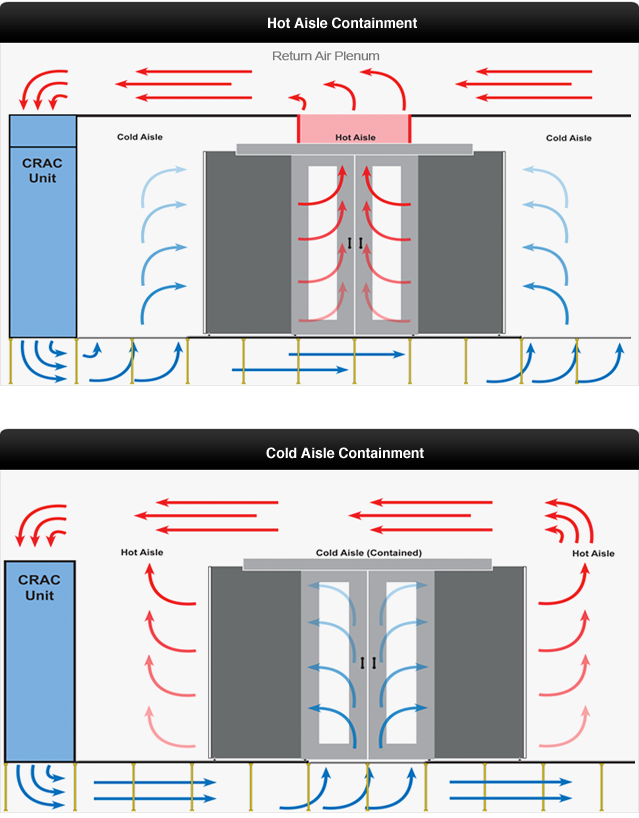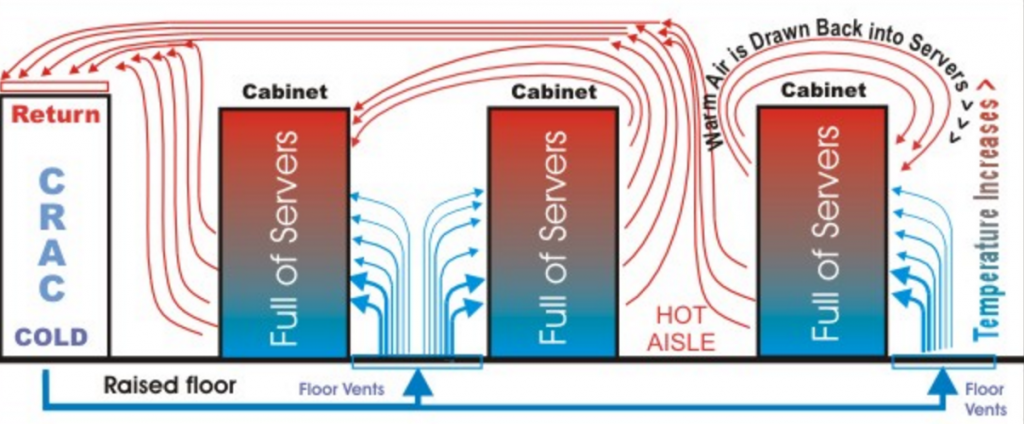In recent years, as the number of agencies load up on big data and move to the cloud accelerating dramatically, more data centers will come online, and cooling may become one of the biggest problems to overcome. It is thus natural that data center cooling has attracted much more attention ever since. The article focus on describing the current condition of data center cooling performance and also managing to present a variety of cooling methods.
The Current Circumstances of Data Center Cooling
It is never an easy task to keep data center always cool. They contain processors with enough heat energy in each one to fry an egg, pumping it out inside a small space. That may explain why most data centers were wasting money in electricity and cooling costs. Hence, cooling still persists as the biggest drain on energy in most data centers—the biggest one beyond feeding the machines power. This has driven organizations to try some innovative methods that seem to work well, even if some of their techniques are a little extreme. Basically, there are several tips that data centers can follow to help lower cooling costs. Let’s just get an overlook at the most common data center cooling methods.
Cold or Hot Aisle Air Containment
This trend has lasted for at least 5 or 6 years and it is achieved by physically isolating the possibility of the hot or cold air mixing and driving it directly from and to the CRAC unit.

It actually performs pretty well and reduces substantially the issues with “hot spots” and air mixing. However, the downsides are that you still need to control the pressures of your plenums (and everything that goes with it) and that you’ re cooling or heating large areas that you really don’t need to.
In-Rack Heat Extraction
Things begin to get more creative from applying this method. This data center or rack cooling method focus on extracting the heat which is generated inside the rack to prevent it from going into the server room.

There is another similar method that is to put the actual compressors and chillers inside the rack itself, thus to take the heat directly to the exterior of the data center. This may contributes to build a nice and neat server room. However, the demerit is that you still fail to get very high computational density per rack, moreover, the setup is very complex and hard to maintain unless you get much improvement in your Power Usage Effectiveness (PUE).
Liquid Immersion Cooling
Liquid Immersion Cooling generally using a dielectric coolant fluid to gather the heat from server components, which means that we can put it in direct contact with electrical components. Liquid coolant running through the hot components of a server and taking the heat away to a heat exchanger. This is proved to be hundreds of times more efficient than using massive CRAC (Computer Room Air Conditioning) devices. By adopting this data center cooling method, you have a greater chance to achieve unprecedented PUE.
Combing the infrastructure
Modeling the infrastructure enables to achieving data center cooling efficiently, which means to find out the hot spots by looking hard at all the cracks and corners. Perhaps adding a curtain or moving a server from one rack to another can result in a much more efficient operation. To reduce costs associated with that type of monitoring and modeling, consider some of the small data sensors that can help track the temperature in the data center.
Conclusion
From what we have discussed above, you may have acquired some basic knowledge about data center cooling. Huge steps can radically enhance cooling, whereas smaller steps might be a good interim solution with a high return on investment. Working efficiently with the tools at hand is always sound advisable. Just move those ideas into the data center and start making a difference.

No comments:
Post a Comment